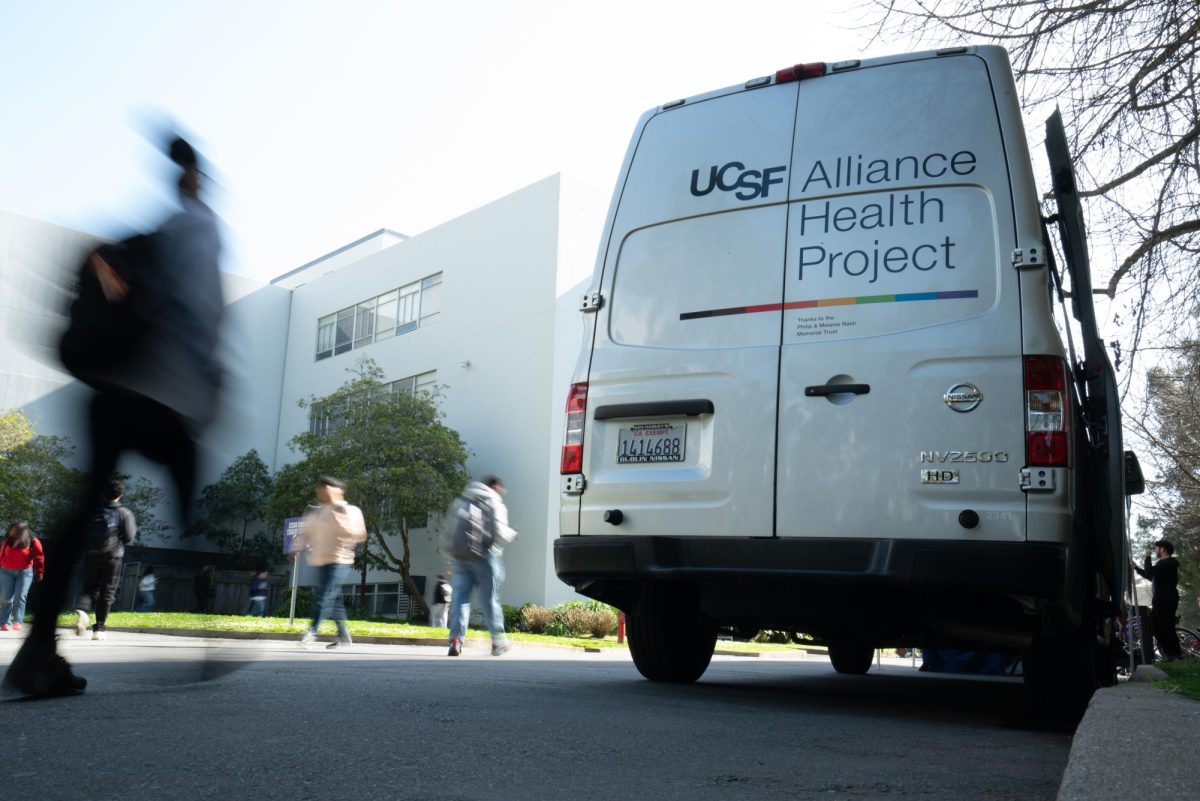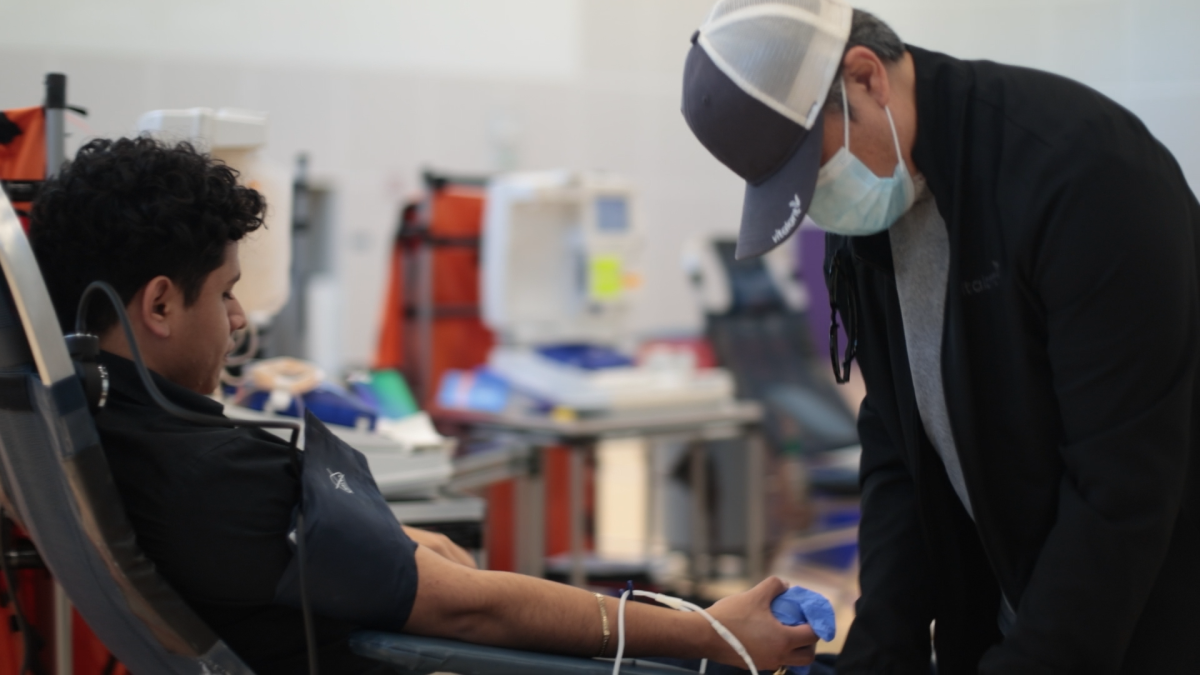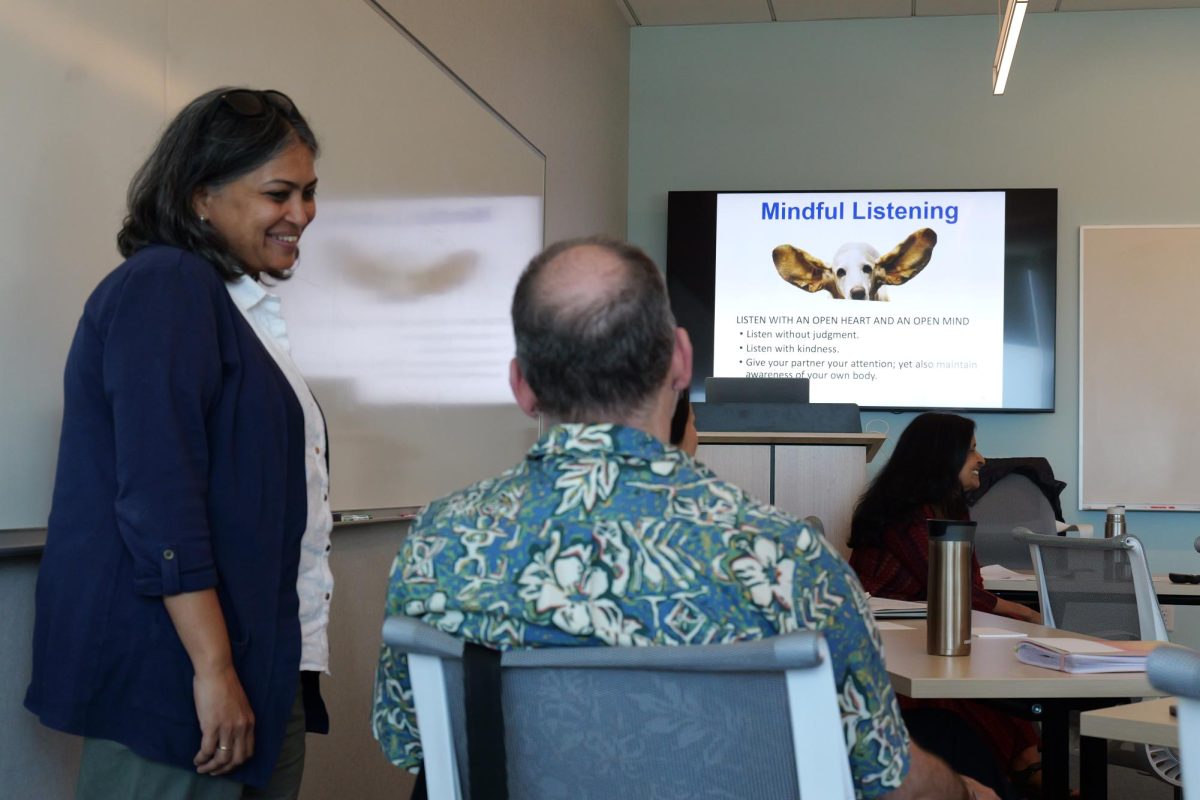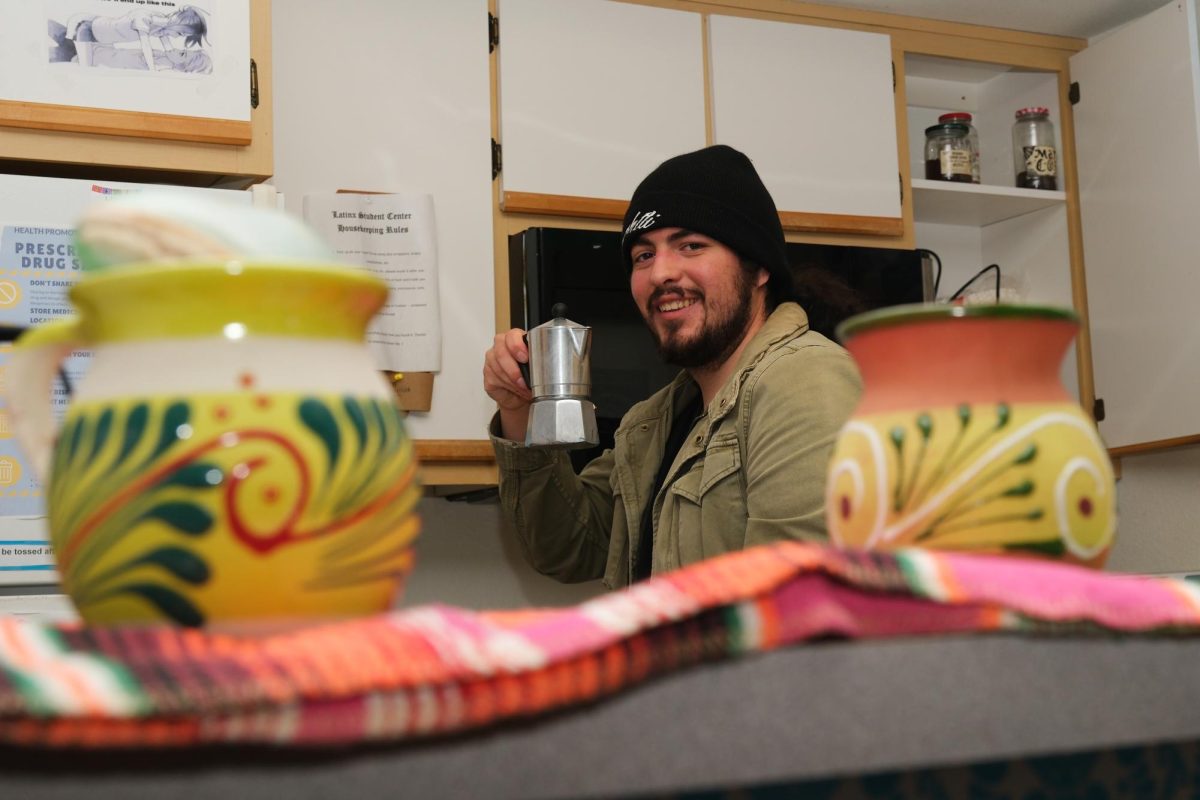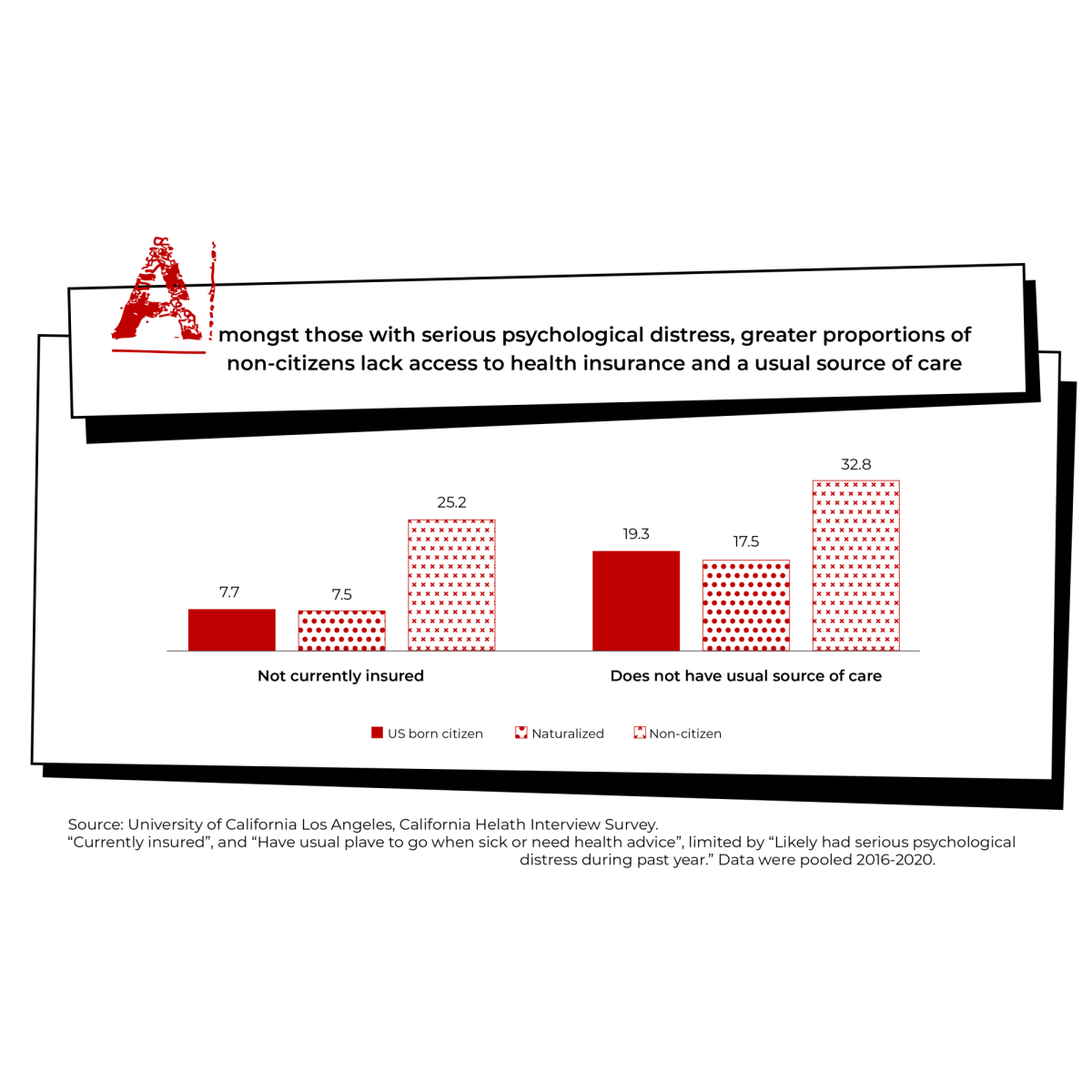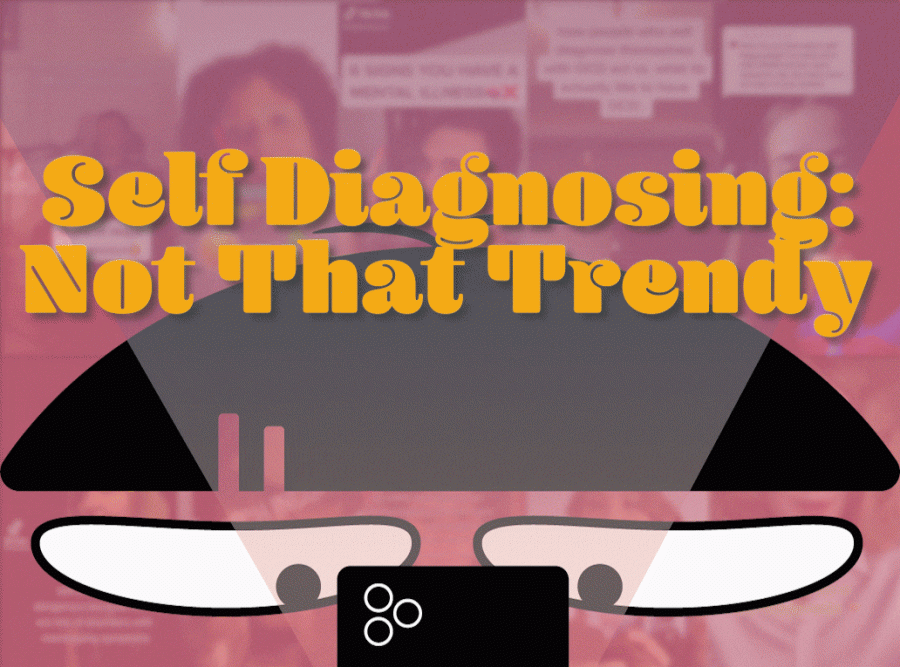At the heart of college campuses nationwide, an epidemic is quietly preying on the lives of students like a thief in the night. A survey conducted by market research company Pollfish found that one in four college students carry the weight of an unanticipated burden—being diagnosed with a sexually transmitted infection.
STIs are caused by bacteria, viruses and parasites, and are transmitted through sexual contact. There are eight pathogens linked to the most frequent and prevalent STI diagnoses, only four of which are currently curable: syphilis, gonorrhea, chlamydia and trichomoniasis. The other four are viral infections that, as of right now, are incurable: hepatitis B, herpes simplex virus, human immunodeficiency virus and human papillomavirus.
While there are several preventative measures that both men and women can take to decrease the risk of contracting an STI, rates of diagnosis are only increasing. Even in 2008, women and men aged 15 to 24 accounted for 50%—9.8 million—of new STI cases, a study published by the American Venereal Disease Association found.
Leandro Mena, the director of the Centers for Disease Control’s STI prevention division, said in a press release, “The U.S. STI epidemic shows no signs of slowing. The reasons for the ongoing increases are multifaceted – and so are the solutions. For the first time in decades, we’re seeing promising new STI interventions on the horizon, but these alone will not solve this epidemic.”
Understanding the Trend
According to a self-reported survey of students by the National College Health Assessment from Spring 2021, SF State has an STI rate of roughly 4%. While this is lower than the national rate, the trend is still cause for alarm. The number of reported cases of syphilis, chlamydia and gonorrhea in 2022 combined exceeds 2.5 million, according to the CDC.
This increase is cause for concern. STIs create issues with sexual and reproductive health through stigmatization, infertility, cancers and pregnancy. The World Health Organization reports that more than one million STIs occur every day worldwide, and most of them are asymptomatic. Every year, there are 374 million new infections of curable STIs including chlamydia, gonorrhea, syphilis and trichomoniasis.
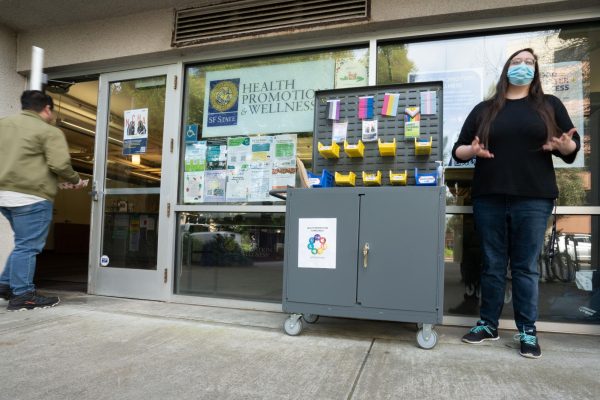
These infections can be deadly. A study from 1993 found that STIs and reproductive tract infections caused 750,000 deaths and 75 million illnesses among women each year worldwide. Death rates associated with STIs are rising fastest in Africa, followed by Asia and Latin America.
Why is this happening?
There are a few reasons for the increase in these infections: people might refrain from seeking treatment or even reporting their illness out of fear, disbelief or even embarrassment due to the stigma surrounding STIs. In some cultures, being sexually active is taboo or even frowned upon, so contracting an STI may be considered the ultimate shame.
“I also think there’s just still a lot of stigma around STIs that people might be unsure about sharing that information,” said Taylor Davies, the sexual health education coordinator for Health Promotion & Wellness at SF State.
In some cases, embarrassment and stigma also correlates to reduced use of sexual health tools, such as condoms. As a result, the aversion to STI-preventative measures could lead certain demographics to be disproportionately affected by STIs.
Another reason STI diagnoses might be increasing is due to a lack of awareness. A poll from the Kaiser Family Foundation found that only 36% of those surveyed knew that STIs had become more common in recent years. Without federal standardization, sex education within schools is limited, and the depth of such courses varies from state to state. This creates a discrepancy in sexual and reproductive knowledge by the time people reach adulthood.
Limited available testing is another contributing factor to the spike. According to Davies, testing resources and medical care were redirected to prioritize the demands of the COVID-19 pandemic, which created a significant delay in STI testing.
“As a result of that, you had a number of underserved communities not being reached,” said Davies. “There’s been a continued underfunding at STI clinics.”
Lastly, it is not uncommon for STIs to be asymptomatic. This increases the probability of a person unknowingly spreading the infection.
Services for Students on Campus
SF State’s Student Health Center conducted just over 19,000 STI-related appointments and labs throughout 2023.
Chlamydia, HIV and trichomoniasis are the most commonly tested STIs on campus, according to Kaitlin Goins, administrative analyst at the Student Health Center.

Luckily, SF State provides many on-campus services to prevent the transmission of STIs. Two times a month, HPW distributes safer sex supplies through its condom cart. The cart can be seen around campus offering supplies such as condoms, lubricant and dental dams. Students can also order safer sex supplies from HPW’s website to be shipped to their homes. Additionally, there is a free supply of these materials in the Cesar Chavez Student Center, as well as at the Student Health Center.
The university also offers free STI testing through the UCSF Alliance Health Project. Their van comes to campus at least once a month to offer free testing to students, who can also receive a rapid HIV test through this service.
“HIV is transmitted in the same ways the [STIs] are transmitted,” said Devin Posey, manager of sexual health services at the UCSF Alliance Health Project, via email. “If one is sexually active, they might look into HIV prevention medications such as pre-exposure prophylaxis, commonly known as PrEP.”
Through Family Pact, a provider of comprehensive family planning services to eligible California residents, many students are eligible for free general and emergency contraceptives, STI testing and infection treatment year-round. Appointments can be made at Student Health Services.
“It’s just good to get checked up every six months and make sure you [have a] good bill of health, whether you’ve been sexually active or not,” said Ibory Moore, a fourth-year SF State student who has utilized the testing van. “It’s always good, especially when you have the resources […] A lot of these things cost now; they’re not as free anymore.”



